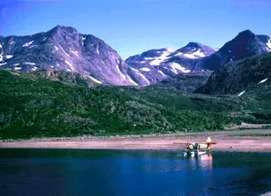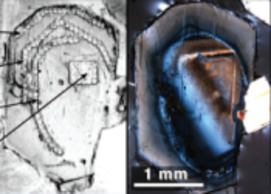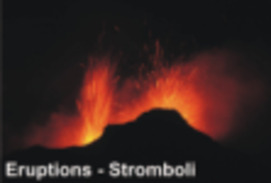Plagioclase Zonation: An Archive of Trapped Liquid and Crustal Contamination
Many cumulates in layered intrusions contain plagioclase crystals that are compositionally zoned in terms of their major elements, and, less commonly, in their 87Sr/86Sr isotopic ratios. Major-element zoning in plagioclase is best explained by trapped liquid in the pore spaces between cumulus crystals, which is a result of the complex interplay between the rate of crystal growth and the cooling rate. Isotopic zoning in feldspars likely reflects crystal growth in a magma that is becoming, or has become, isotopically contaminated through wall rock partial melting and assimilation processes. Mineral-scale isotopic zoning, such as detected in plagioclase, can be used to infer the cooling rates of layered intrusions.
Plagioclase Zonation: An Archive of Trapped Liquid and Crustal Contamination Read More »




